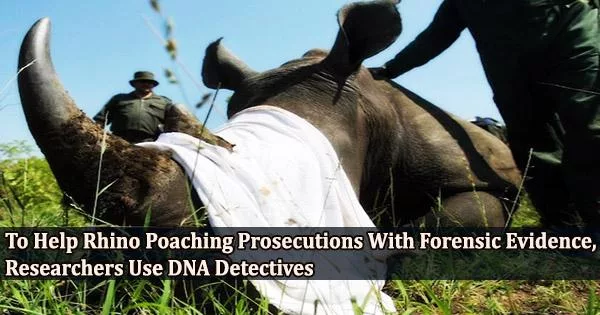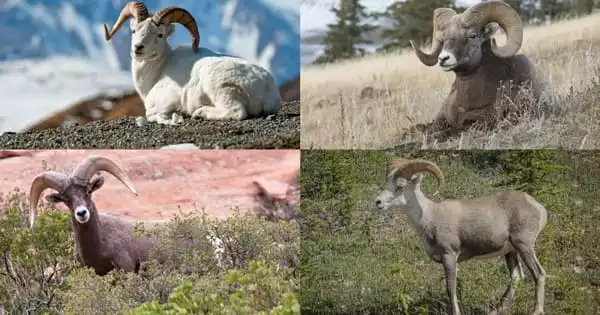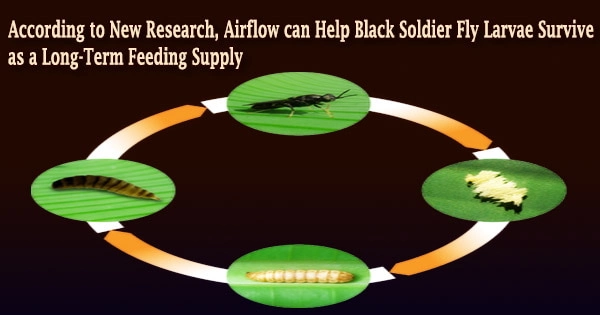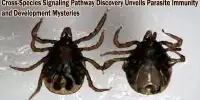The endeavor is a component of the conservation program run by Rhino DNA Indexing System (RhODIS-India). In order to combat rhino poaching and support conservation efforts for this threatened species, a DNA database of the existing Indian larger one-horned rhinoceros, Rhinoceros unicornis, has been built.
Tista Ghosh, a PhD candidate and senior research scholar, Dr. Samrat Mondol (WII), and Amit Sharma (WWF India) collected dung from 749 rhinoceros in order to gain crucial genetic data. They were inspired by a scheme in South Africa that was similar to this one. A genetic baseline for rhinoceros in India was established by analyzing dung for signs of population-specific genetic signals, and 406 distinct individuals were discovered.
Nuclear DNA contains microsatellite markers, which are like fingerprints in that each person has an own genetic signature. Based on each individual rhino’s distinctive characteristic, the use of 14 markers aids in the identification of individuals from dung data.
The researchers were able to identify trade routes and locate poaching hotspots, which are notoriously challenging for traditional law enforcement to follow, by matching samples of rhino horn taken from the wild with these precise genetic signatures.
“Having an allele frequency map aids in pinpointing the location of the orphan seized rhino sample to its breeding population based on genetic signatures,” commented Tista Ghosh.
A suspected poached carcass from a protected region was also linked by the WII forensics team to a horn that had been confiscated along the trade route in India. Sometimes, all they had to work with for DNA profiling was blood-stained pebbles, soil, or a bullet.
Many times the seized rhino body parts are found after a long time of poaching incidence as a result of which it becomes difficult to pinpoint the location of the crime. Thus, it is important to locate such networks and have law enforcement resulting in breaking the chain of trading.
Tista Ghosh
These findings highlight the microsatellite panel’s potent capabilities for combating wildlife crime and giving the forest department useful information. Individual DNA matching also aids in court proceedings by supplying verifiable scientific proof of the poaching of wild rhinos, which are endemic to India.
On the significance of this method, Tista said: “Many times the seized rhino body parts are found after a long time of poaching incidence as a result of which it becomes difficult to pinpoint the location of the crime. Thus, it is important to locate such networks and have law enforcement resulting in breaking the chain of trading.”
India’s current population of greater one-horned rhinoceros’ is relatively small, at approximately 3,500 rhino individuals. Using statistical probabilities, the team calculated that 14 microsatellite markers were sufficient to be able to do individual matching across the whole range of the population.
In addition, the researchers are keen to collaborate with Nepal field teams to extend this work to the second strong hold of greater one-horned rhinoceros.
However, because of the low quality of the samples and the instances where data could not be produced using microsatellites alone, there are significant limits in the field of wildlife forensics.
In those scenarios Tista said, of these exciting developments, “We are planning to do a mitochondrial DNA screening to look for park/state specific genetic markers and combine that data with our existing database to avoid such situations.”
Further the RhODIS-India marker panel is still in the process of developing an ‘allelic ladder’ (reference point) for comparisons with other laboratories. When this becomes available, this will foster greater collaboration between the global wildlife forensics community. In order to increase the size of the database, plans are already in place to carry out wider sampling across the Indian rhino’s range.
Tista Ghosh’s talk will be available on-demand from the 14th-18th of December 2020 at the Festival of Ecology. In a peer-reviewed scientific journal, the selection process for a 14-microsatellite panel and its use in reducing rhino poaching in India are currently being examined. 1,400 ecologists from more than 50 nations will participate in this online conference to examine the most current ecological advances.
This research is managed by the Wildlife Institute of India is led by the MOEFC&C (environment ministry) in India in collaboration with WWF India and the Wildlife Institute of India.
















